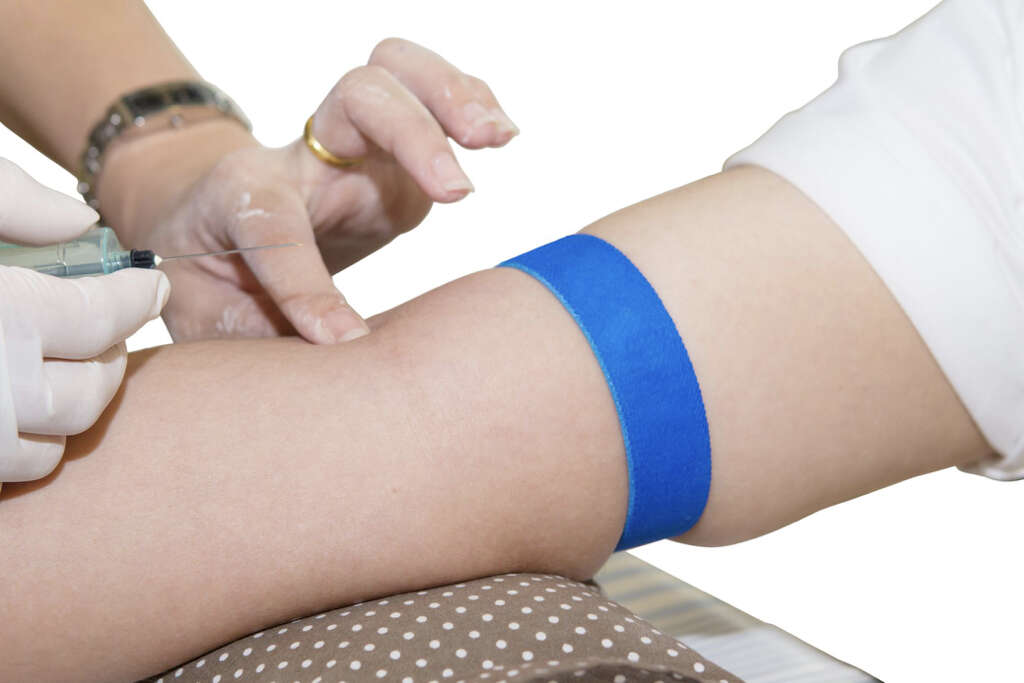What Is Diabetic Ketoacidosis?
4. Diagnosis Investigations
Diabetic ketoacidosis can be diagnosed when there is a combination of high blood glucose (hyperglycemia), acidosis, and the presence of ketones in the blood or urine. Ten percent of patients with diabetic ketoacidosis do not have significantly elevated high blood glucose. This is known as euglycemic diabetic ketoacidosis.
To detect acidosis, a pH measurement can be performed on blood collected from a vein or artery. Ketones can be detected through the urine and blood. Blood samples can also be used to determine urea and creatinine function to assess kidney function and electrolyte levels. A complete blood count and C-reactive protein can be used to determine if there is any ongoing infection. A chest X-ray and urinalysis may be beneficial to exclude other sources of infection. A computed tomography (CT) scan can be used to assess the severity of cerebral edema and presence of stroke.
Advertisement












